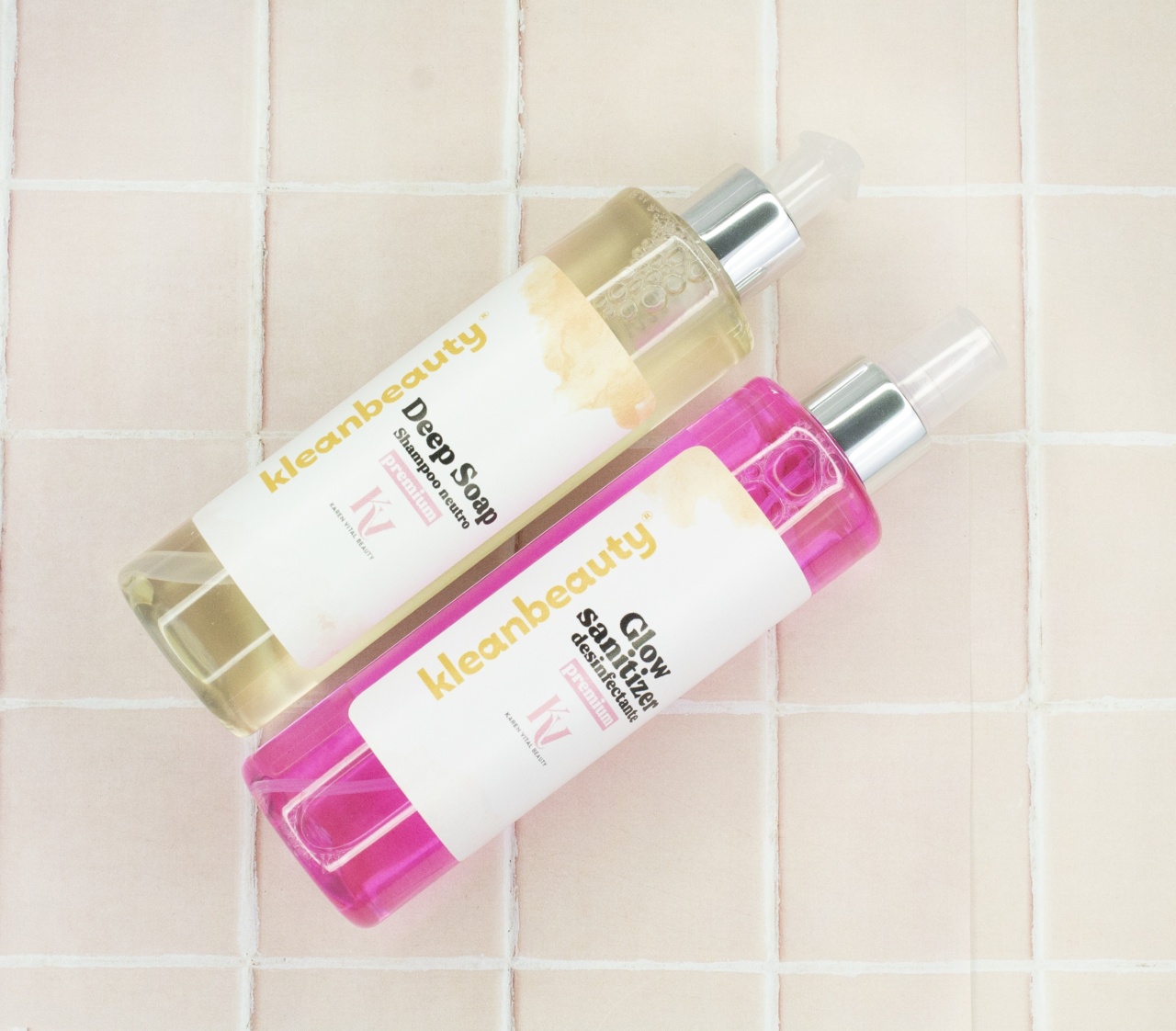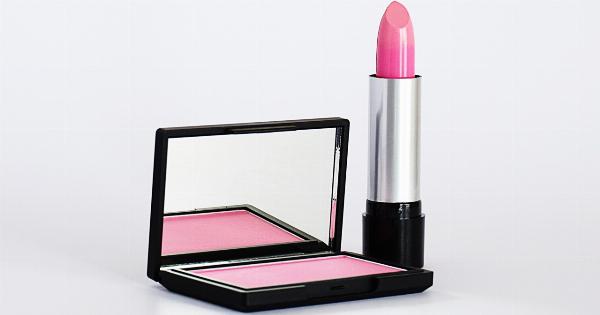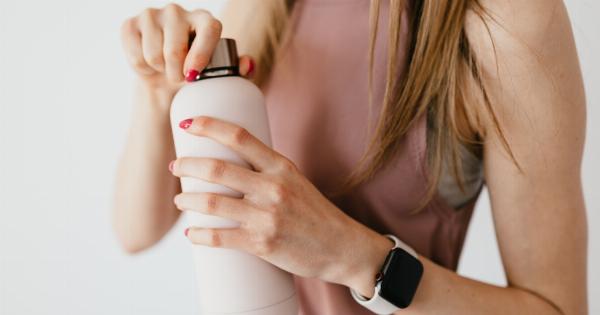Buying shampoo can be quite confusing with all the different ingredients and claims on the bottle. Understanding what these labels mean can help you buy the right shampoo for your hair type and needs.
This article will decode the language of shampoo labels to help you make an informed decision.
Hair Type
One of the most important things to consider when choosing shampoo is your hair type. Different hair types require different formulations to get the best results.
Shampoo labels often include descriptions of the hair types they are most suitable for, such as:.
- Fine or thin hair
- Oily hair
- Dry or damaged hair
- Curly or frizzy hair
Choose a shampoo that is specifically formulated for your hair type for the best results.
Ingredients
Shampoo labels often include a list of ingredients. Here are some common ingredients you might see:.
- Sodium lauryl sulfate (SLS) – This ingredient creates the lather in shampoo but can be harsh on hair.
- Sodium laureth sulfate (SLES) – Similar to SLS but less harsh on hair.
- Cocamidopropyl betaine – A mild cleansing agent.
- Dimethicone – A silicone that adds shine and makes hair easier to comb.
- Argan oil – A moisturizing oil that helps to reduce frizz.
- Keratin – A protein that helps to strengthen hair.
It’s important to be aware of the ingredients in your shampoo, especially if you have sensitive skin or allergies. Look for shampoos with natural ingredients if you prefer to avoid harsh chemicals.
Claims
Shampoo labels often make claims about what the product can do for your hair. Here are some common claims you might see:.
- Moisturizing – Shampoos that are designed to moisturize your hair often contain ingredients like shea butter, coconut oil, or argan oil.
- Strengthening – Shampoos that are designed to strengthen your hair often contain ingredients like keratin, biotin, or protein.
- Volumizing – Shampoos that are designed to add volume to your hair often contain ingredients like rice protein or biotin.
- Color-protecting – Shampoos that are designed to protect color-treated hair often contain ingredients like UV filters or keratin.
Keep in mind that these claims are not regulated, so they may not always be accurate. It’s a good idea to read reviews or ask for recommendations from friends before buying a new shampoo.
pH Level
The pH level of your shampoo can also have an impact on your hair. The pH scale ranges from 0 to 14, with 7 being neutral.
Shampoos with a pH level between 4.5 and 5.5 are considered to be the best for your hair because they are close to the natural pH level of your scalp.
How to Use
Shampoo labels often include instructions on how to use the product. Here are some common instructions you might see:.
- Wet your hair thoroughly before applying shampoo.
- Apply a small amount of shampoo to your scalp and massage gently with your fingertips.
- Rinse shampoo out thoroughly with warm water.
- Repeat if necessary.
Make sure to follow the instructions on the label for the best results.
Expiration Dates
Shampoo labels often include an expiration date. Make sure to check the expiration date before using shampoo, especially if you have had a bottle for a while. Expired shampoo can lose its effectiveness and may even be harmful to your hair.
Conclusion
Understanding the language of shampoo labels can help you find the right product for your hair. Take the time to read the labels carefully and choose a shampoo that is specifically formulated for your hair type and needs.
Keep in mind that not all claims on shampoo labels are regulated, so it’s a good idea to read reviews and ask for recommendations before making a purchase.

























